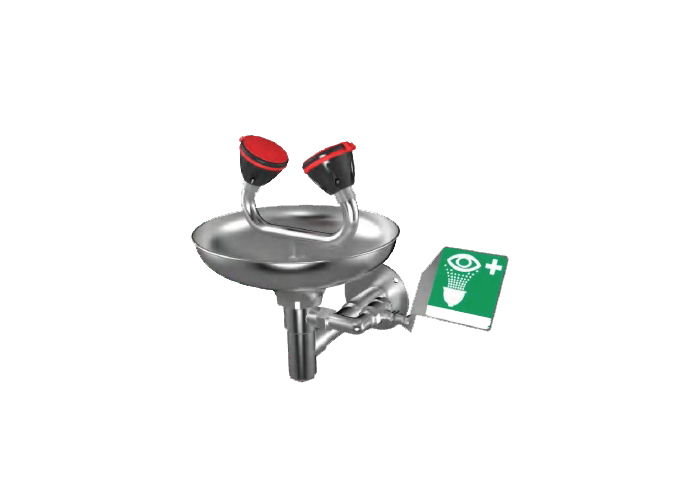Table of Contents
In the dynamic world of scientific research, safety is paramount. As an expert in laboratory emergency response, I’ve seen firsthand how proper preparedness can mean the difference between a minor incident and a major catastrophe. This comprehensive guide will walk you through essential emergency procedures, ensuring your lab is ready for any situation.
Understanding the Risks: Common Laboratory Emergencies
Before diving into procedures, it’s crucial to recognize potential emergencies:
Chemical spills or exposures
Fires and explosions
Gas leaks
Biological contamination
Radiation exposure
Natural disasters (earthquakes, floods, etc.)
Medical emergencies
Each of these scenarios requires a unique response, but all benefit from thorough preparation.
The Foundation of Preparedness: Risk Assessment and Planning
Conducting a Thorough Risk Assessment
Identify potential hazards specific to your lab
Evaluate the likelihood and potential impact of each hazard
Prioritize risks based on severity and probability
Developing a Comprehensive Emergency Action Plan (EAP)
Your EAP should include:
Clear evacuation routes and assembly points
Emergency contact information
Specific procedures for different types of emergencies
Roles and responsibilities of lab personnel
Location of emergency equipment and supplies
Essential Emergency Equipment and Supplies
Ensure your lab is equipped with:
Fire extinguishers (appropriate for your lab’s specific hazards)
First aid kits
Spill containment and cleanup kits
Personal Protective Equipment (PPE)
Emergency communication devices
Training: The Key to Effective Emergency Response
Regular training is crucial. Implement:
Initial safety orientation for all new lab members
Annual refresher courses on emergency procedures
Hands-on practice with emergency equipment
Scenario-based drills to test response capabilities
Documentation of all training activities
Immediate Response Procedures
Chemical Spills
Alert others in the area
Evaluate the hazard and determine if evacuation is necessary
Contain the spill if safe to do so
Use appropriate PPE and spill kit materials
Dispose of cleanup materials properly
Fires
Activate the fire alarm and call emergency services
Attempt to extinguish only if the fire is small and you’re trained
Evacuate the building using designated routes
Account for all personnel at the assembly point
Biological Contamination
Immediately notify the biosafety officer
Contain the contamination if possible
Decontaminate the area using appropriate methods
Dispose of contaminated materials following biosafety protocols
Medical Emergencies
Call for medical assistance immediately
Provide first aid if trained and safe to do so
Do not move the injured person unless necessary for their safety
Preserve the scene for investigation if applicable
Post-Emergency Procedures
After any emergency:
Ensure all personnel are safe and accounted for.
Secure the area to prevent unauthorized access.
Document the incident thoroughly.
Conduct a post-incident review to identify improvements.
Update emergency procedures based on lessons learned.
Leveraging Technology for Enhanced Emergency Response
Incorporate cutting-edge tools:
Emergency notification systems for rapid communication.
Digital floor plans accessible on mobile devices.
QR codes linking to Safety Data Sheets (SDS) for quick access.
Wearable sensors to detect hazardous conditions.
Virtual reality training simulations for realistic practice.
Compliance and Beyond: Staying Ahead of Regulations
Stay current with:
NIH guidelines for research involving recombinant DNA.
State and local emergency response requirements.
Regularly audit your procedures to ensure compliance and identify areas for improvement.
Building a Culture of Safety
Remember, effective emergency preparedness is not just about procedures—it’s about culture. Encourage:
Open communication about safety concerns.
Near-miss reporting to prevent future incidents.
Recognition of exemplary safety practices.
Integration of safety considerations into research planning.
Conclusion: Preparedness as a Cornerstone of Scientific Excellence
In the laboratory, emergency preparedness is not an afterthought—it’s a fundamental aspect of good science. By implementing robust emergency procedures, conducting regular training, and fostering a culture of safety, we not only protect our personnel and facilities but also enhance the quality and reliability of our research.
As leaders in the scientific community, it’s our responsibility to set the standard for laboratory safety. Let’s commit to making our labs not just centers of innovation, but beacons of safety excellence.




